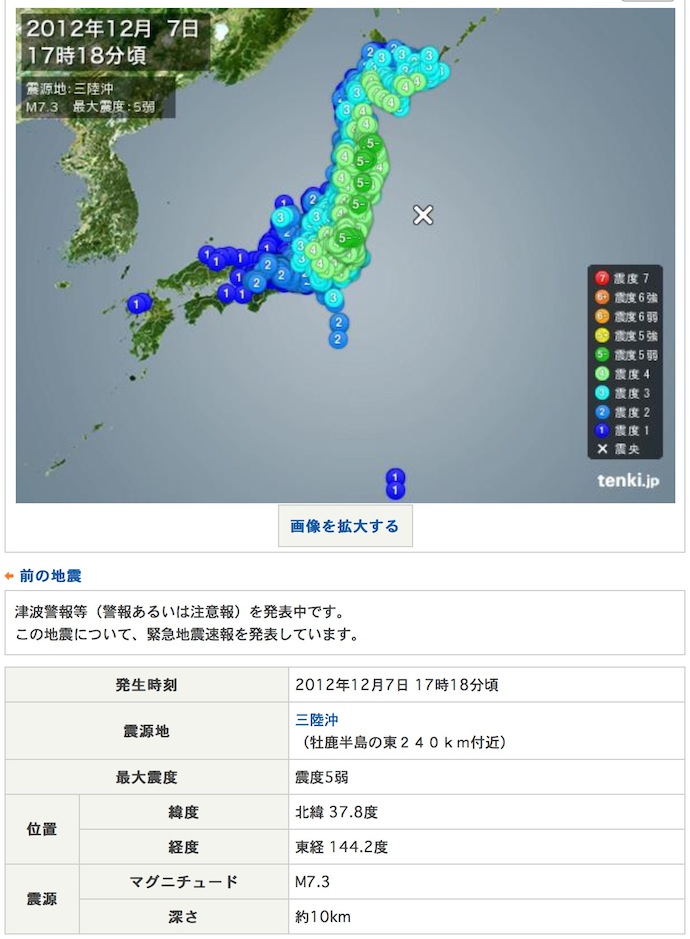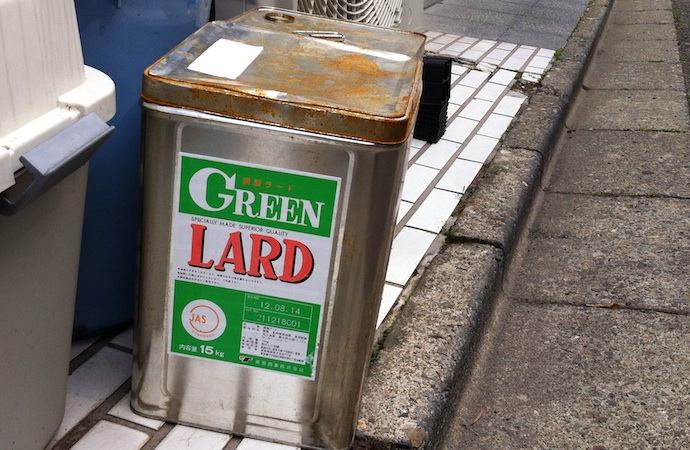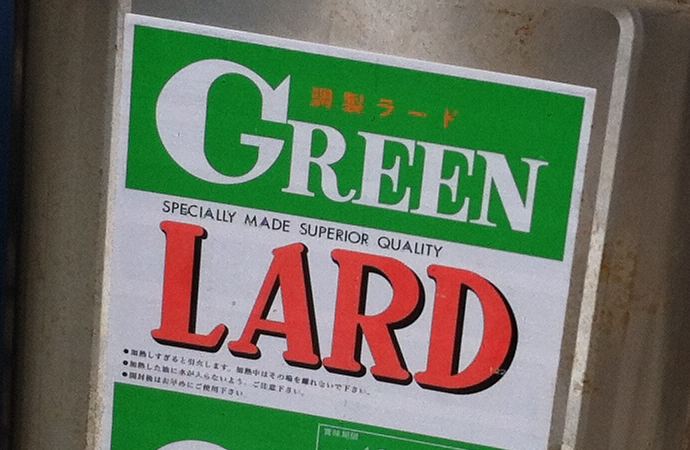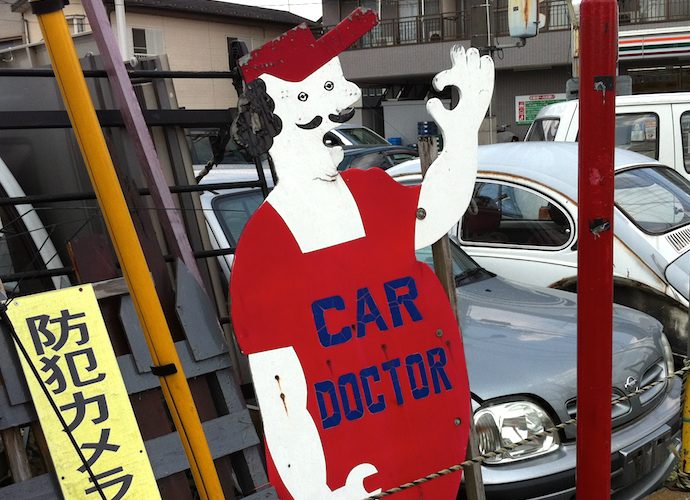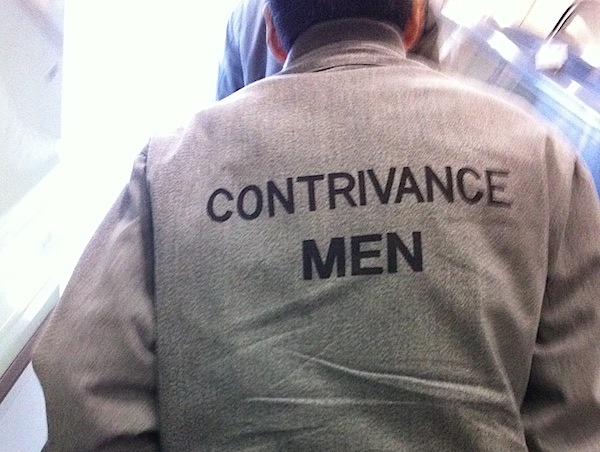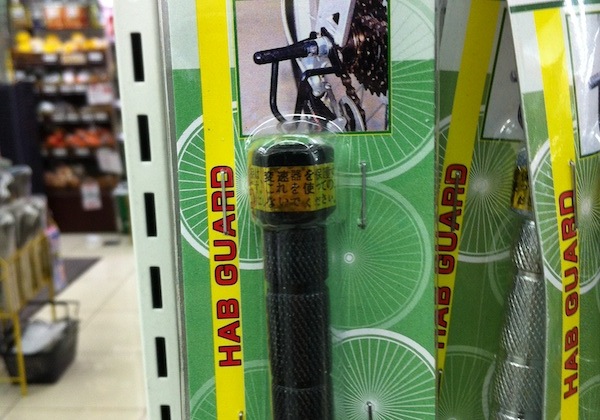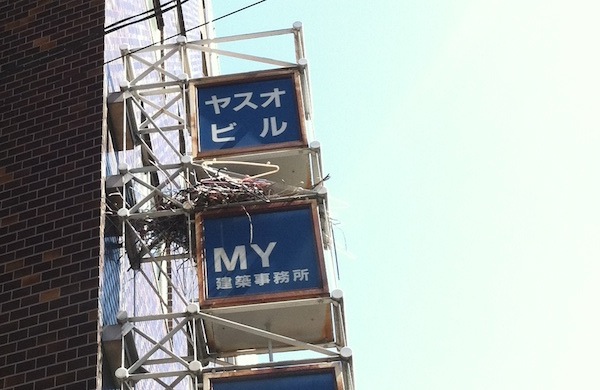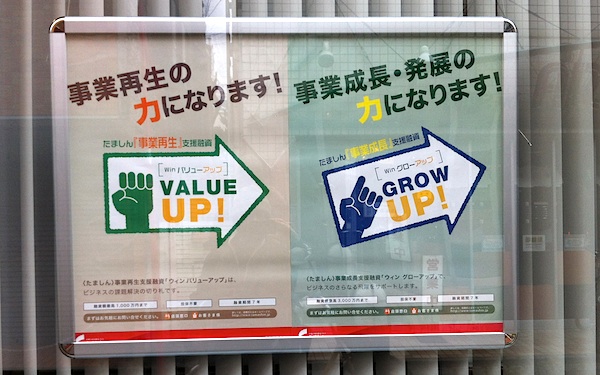Last weekend, Sachi and I went on a kind of ‘day trip’ we have done from time to time: driving Ponta to a dog run in Tokorozawa, and then on to Costco for shopping. Now that we have the car, Costco trips are much easier–but because Costco always sets up shop in distant locations (presumably to avoid high land costs), it’s not an easy drive. Not because of distance–in total, it’s a 35 km (22 mile) round trip. Instead, it’s hard because of insufficient roads and horrific traffic control, making what should be no more than an hour in traffic into a four-hour road trip.
In Japan, most people use trains, in part because of cost, but also perhaps because traffic can be a nightmare at times. Tokyo, like most places in Japan, is not exactly traffic-friendly; thoroughfares are not ubiquitous, and often you have to navigate three sides of a square to get where you want to go.
Take our trip to the dog run in Tokorozawa. As the crow flies, it’s just 8 km (5 mi.). However, the most direct route is on small, narrow roads which, in Japan, qualify as streets with two-way traffic–which is to say, one car pulls over onto the curb while the one coming from the other direction slowly creeps past, with inches of clearance on either side. A lot of roads in Japan are like that, streets so narrow they would barely qualify as a one-way street in the U.S.
The same path is also filled with a multitude of turns, some of which are so subtle and confusing that it is easy to go down the wrong way.
However, this is usually the way that the GPS recommends, probably because it chooses the least-distance route and ignores how fast one might go. Google Maps does the same thing, claiming that the 11-km small-road route to the dog run takes 34 minutes–when in fact, it is more than an hour. Sachi and I discovered that a three-sides-of-a-square route, taking bigger roads, is much faster, despite the fact that it is 16 km (10 mi.).
However, what really gets me is the traffic control. In Japan, I really get the impression that when they plan traffic, they don’t. As in, they don’t give a good goddamn about traffic flow, instead they just follow pre-set standards someone set randomly some time in the past.
It’s like that with road designations and speed limits. You can be in the countryside, on a wide two-lane thoroughfare, with no lights or stop signs for a kilometer at a time, no pedestrians in sight and the sidewalk blocked off by large barriers in any case… and the speed limit will be set to 25 mph (40 kph). In the U.S., a similar street would have double the speed limit. In Japan, the limit is set by the road’s official classification–meaning that a narrower, pedestrian-laden one-lane street near the city center may have a higher speed limit.
Traffic control in Japan seems to be planned the same way–mostly arbitrarily. On our trip last weekend, we ran into at least three traffic jams which were obviously endemic; the exact same traffic jam is there every time we go, and I am sure the same is true of the new jams we encountered on our route this time.
The culprit is usually the same: a badly timed right-turn signal. In Japan, we drive on the left, so right turns must cross traffic. The roads are narrow, and right-turn lanes are short. A traffic signal, especially at a 5-way intersection (where these jams usually occur), may take 2-3 minutes to cycle. However, the right-turn light will last only two or three seconds–and no, I am not exaggerating, I timed it. (The turn light is actually 5 seconds, but straight-through drivers run their red light, cutting a few seconds off the turn signal traffic.) So, naturally, the line of people wanting to turn right quickly backs up, and very soon blocks the whole flow of traffic (as most streets are one lane), thus creating a traffic jam that backs up for more than a kilometer.
What is so stupid about it is that the jams could obviously be eliminated, or at least greatly lessened, by simply extending the turn light by five to ten seconds–nothing when you consider the overall cycle duration. And yet, it never happens. Not all right-turn lights are so poorly timed, but enough are, and they tend to be in key spots where you cannot get around them.
This last weekend, we got caught by exactly that type of traffic jam, made even worse by an incredibly idiotic placement of a parking lot exit stream just 100 meters or so from just such a right-turn trap. We were almost at Costco–one turn away–when traffic came to a stop. And I mean, a dead stop. At one point, I realized that traffic had not moved for more than five minutes. People were starting to get out of their cars to see what had happened.
Now, this was already bad enough before: a signal at the intersection had the same short-right-turn-lane combined with the three-second-turn-light syndrome. Add a steady stream of cars exiting the mall parking lot close by. (In previous trips, we noted that these people got impatient real fast, as if they had been the only ones waiting for half an hour, and tended to bull into the line and then go bumper-to-bumper, denying the main street traffic access to the stream again.)
But instead of simply adjusting that right turn signal, what did the morons in traffic control do? They added a signal just before the parking lot traffic flow. The timing was perfect: as soon as the new signal turned red for the main traffic flow, that’s when the line moved forward, essentially giving most of the flow’s movement to the parking lot traffic–but also more or less turning the main road beyond that point into a parking lot.
Stupid, stupid, stupid, stupid, stupid. For no cost, they could have alleviated most of the problem. Instead, they spent all that money to add a traffic light, making the problem even worse.
After 10 minutes and still no forward progress, I decided to do something that seemed counter-intuitive. Instead of trying to complete the last 500 meters of that nightmare, I turned around and took a 4-km “shortcut” around a large country club, essentially covering 3-1/2 sides of a large square. It took about 7 minutes, and saved us anywhere from half an hour to an hour.
Nor is this the only kind of stupidity one sees in Japanese traffic control. I remember when I lived in Inagi, they spent years building a completely new, luxuriously wide (for Japan), two-lane thoroughfare straight through the center of town. What used to require a circuitous, jammed-up ride down narrow roads was replaced by a beautiful, wide avenue where one could leisurely cruise straight across town.
Except, of course, they screwed it up with traffic lights. Lights at virtually every intersection, every few hundred meters. Of course, that would not be so bad… if the lights were not set to be staggered. Yep, you could see it down the straightaway: red green red green red. You just leave a red light, and seconds later, you stop at the next one. Each wait was about thirty seconds, and there was virtually no cross-traffic. You felt like a complete idiot, just waiting there for no reason. Then again. And again. And again and again. Just as stupid: I found that if you took a narrow side street, it had no stops signs or traffic lights, and so you could completely avoid the three-minute delay and zip past in seconds. And yet, I was apparently the only one who had found this–the side street was always empty, even when the traffic on the main street was heavy.
Ironically, the main, traffic-signal-filled street passed right by city hall. I don’t understand why the place has not get been burned to the ground by irate commuters.
Except that, this is Japan. People simply accept this crap–probably because they know that complaining will do no good. I would not be surprised it, six years later now, the traffic lights were still the same.

